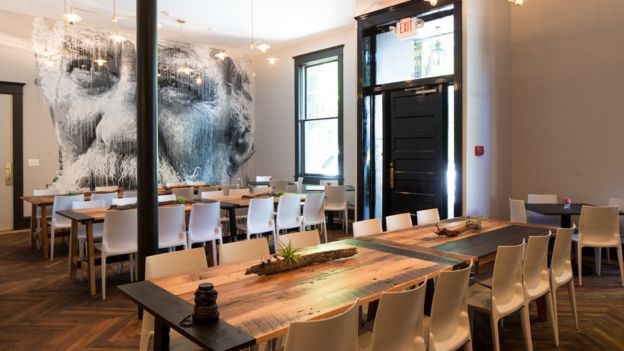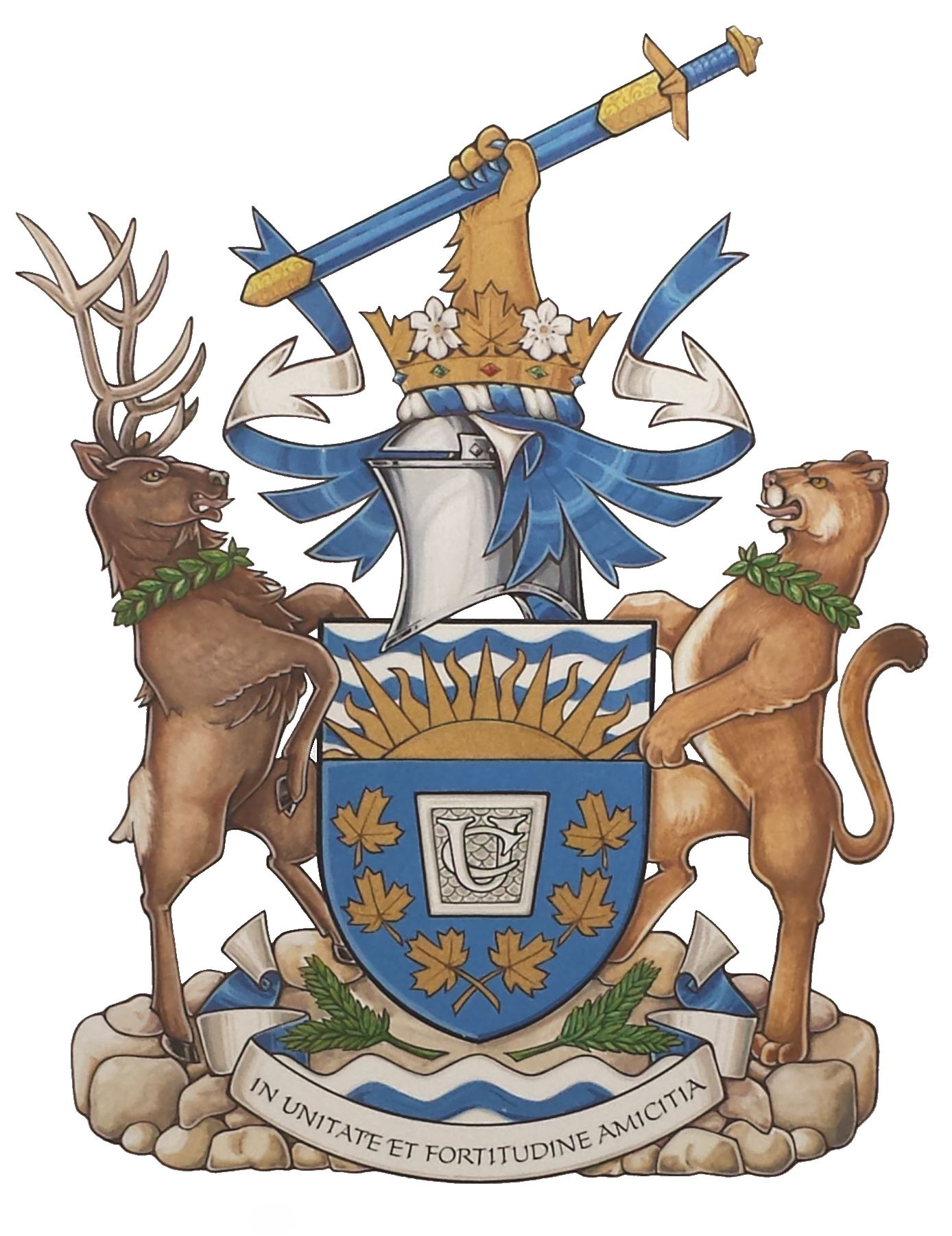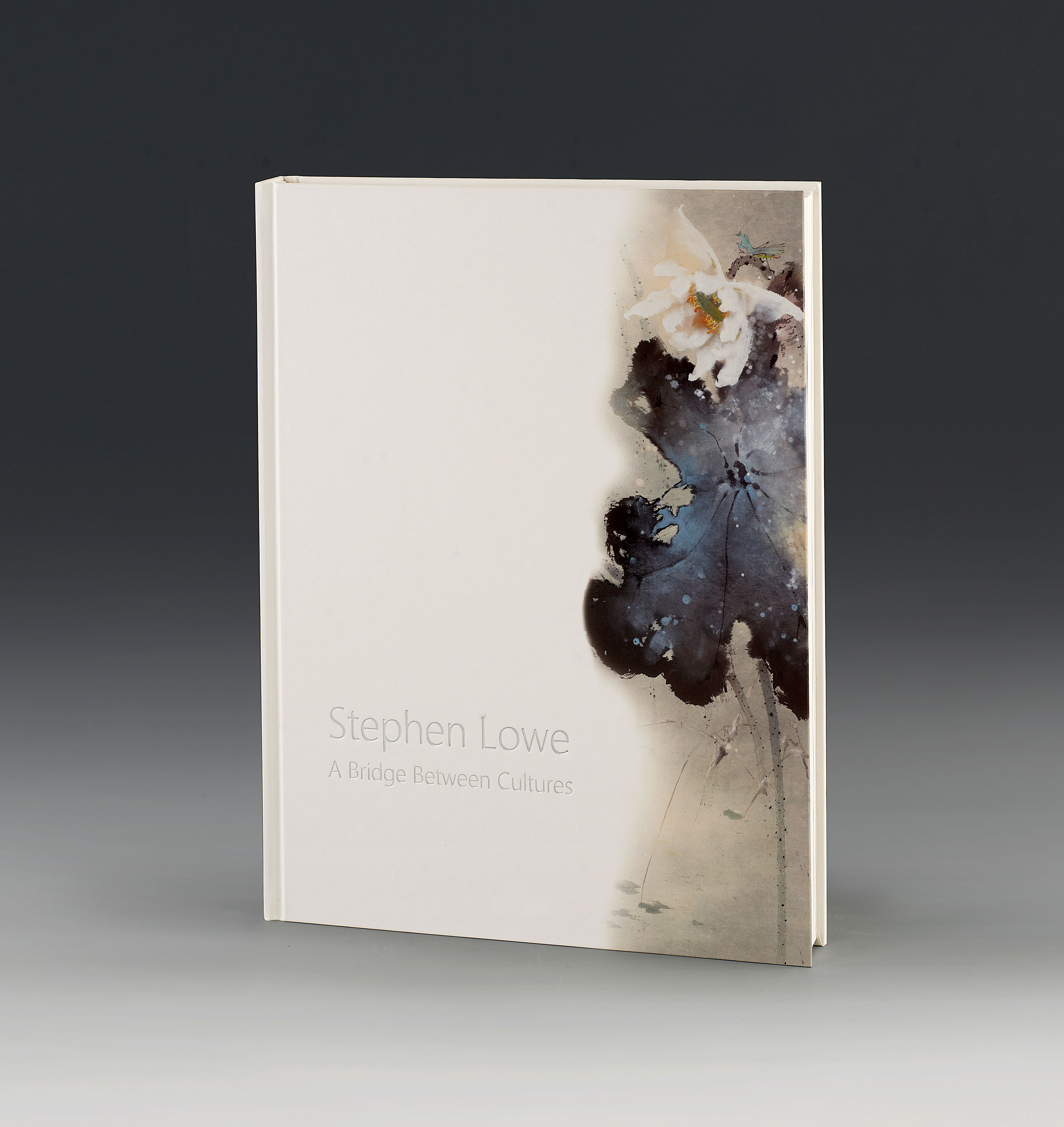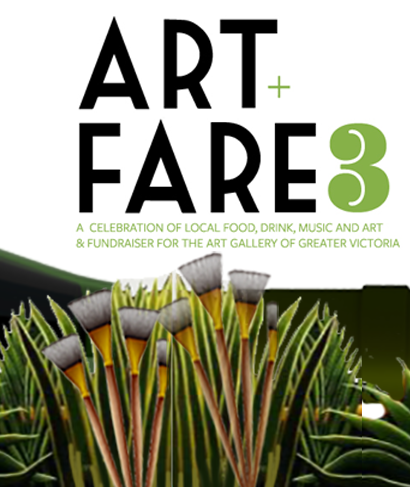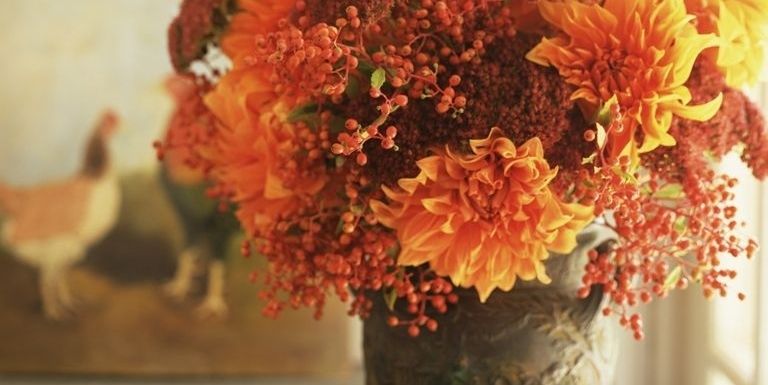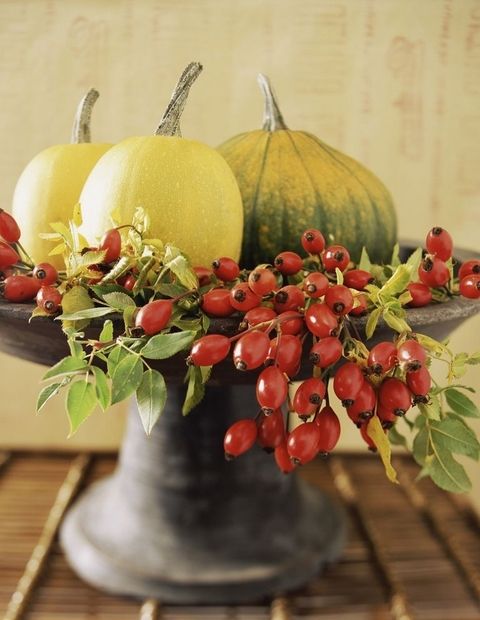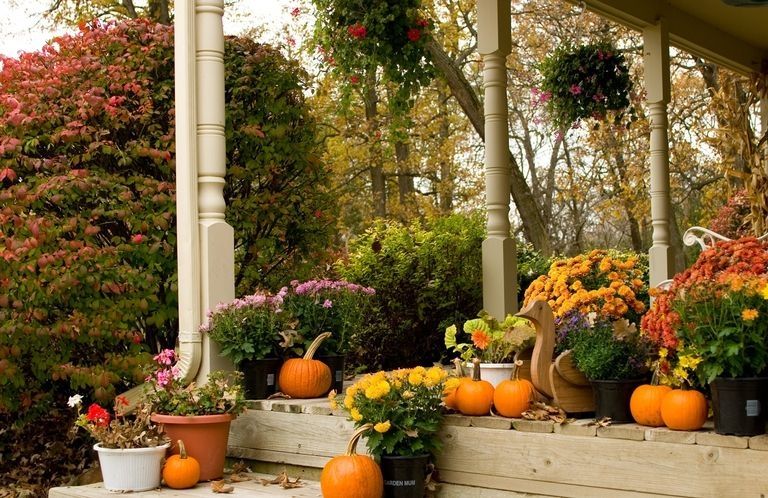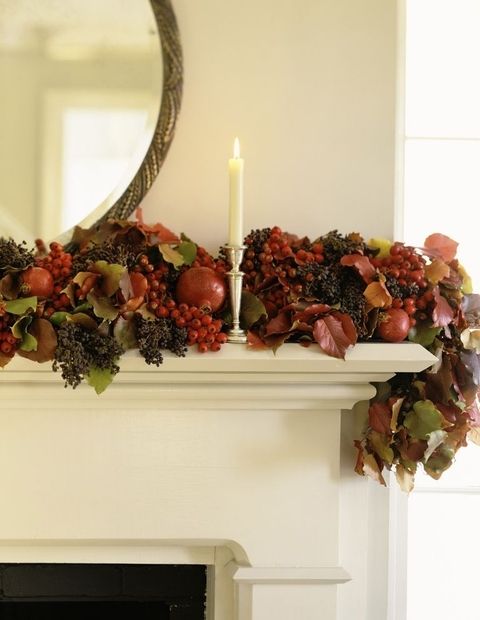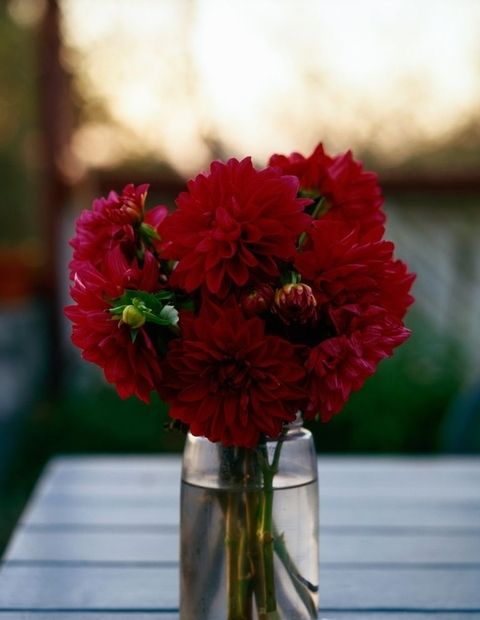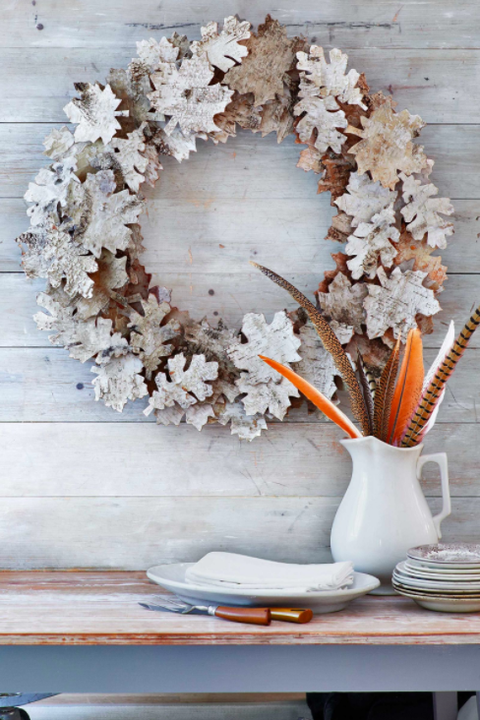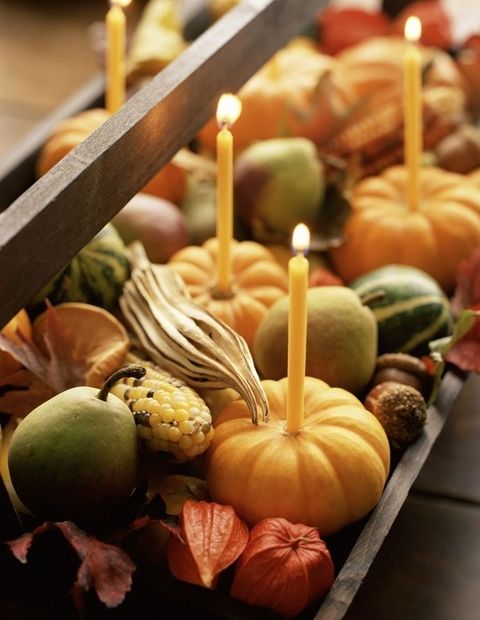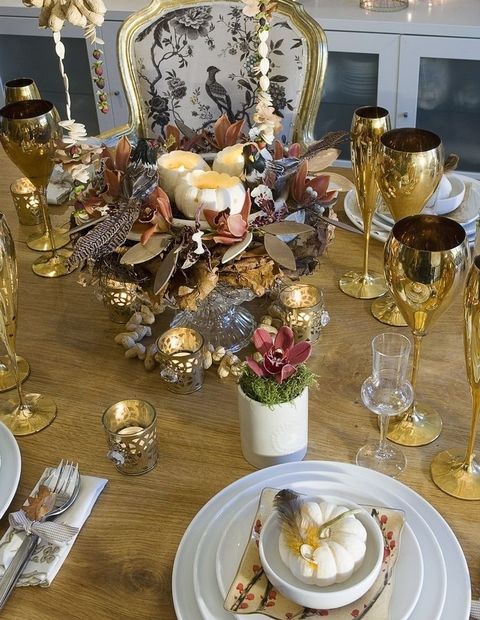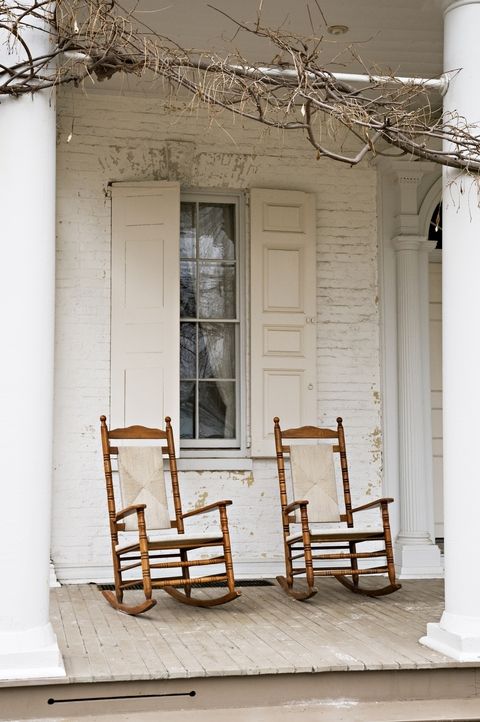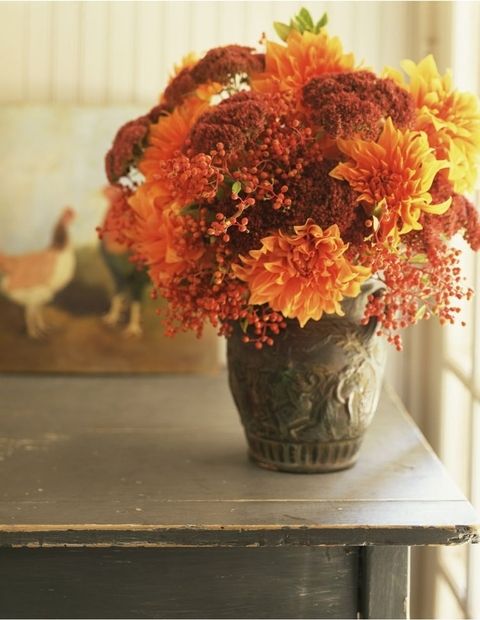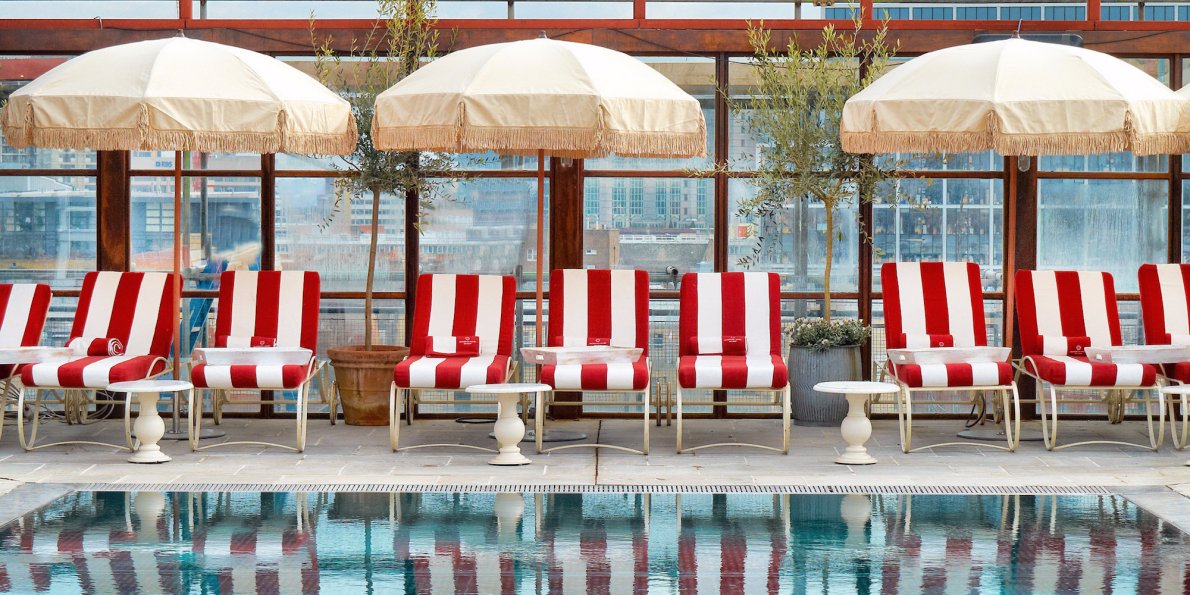
London’s private members’ circuit has come a long way since the days of the stuffy gentleman’s club.
The capital now boasts one of the most diverse selections of clubs in the world.
While areas such as Mayfair and Pall Mall are still synonymous with the members club scene, an explosion of more accessible, affordable, and arguably trendier clubs have shaken things up.
Whether you are looking for a well-being sanctuary, to indulge in the world of fine wine, fine art, live performances, and intrepid exploring, or just somewhere with cool rooms where cool-looking people hang out, each club has its very own niche, making it ever trickier to pick the right one.
We’ve rounded up a selection of London’s most exclusive private members’ clubs, which cost between £150 to over £5,000 — or the cost of a new car — for an annual membership.
Scroll down for a sneak peek inside some of London’s best clubs, ranked in ascending order by the price of a standard annual membership and joining fee.
DISREPUTE, SOHO – £150, NO JOINING FEE

Disrepute, a “hidden gem” nestled within an opulent Soho basement, offers an expertly curated cocktail menu and an atmospheric space perfect for secret late night sessions. It is one of the most reasonably priced members’ bars in London.
Membership privileges include priority reservations, the ability to book in parties of up to 12 people, and free access to special events, talks, and masterclasses.
A members’ bar not in the conventional sense, according to the club, applications are welcome from people of all backgrounds and persuasions. Non-members are also welcome to book a table, subject to availability.
L’ESCARGOT, SOHO – £450, PLUS £250 JOINING FEE
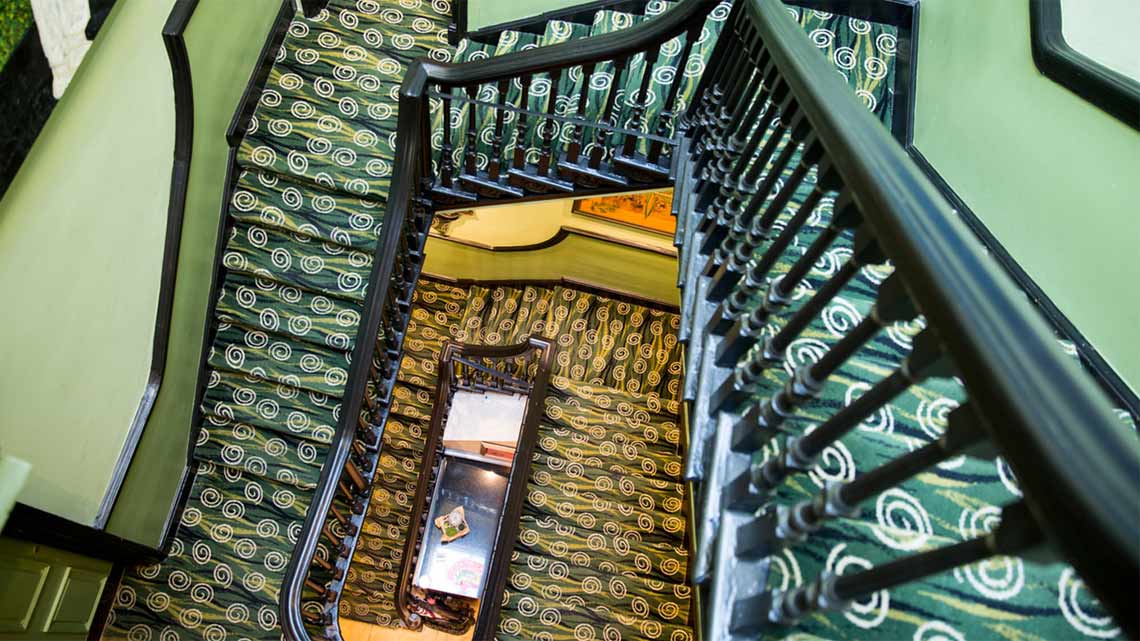
Set in a Georgian townhouse in the heart of Soho above London’s oldest French restaurant L’escargot, the chic Upstairs Club is accessed via a psychedelic carpeted spiral staircase.
It’s a secretive hideout away from the hustle and bustle of the capital. There is an air of eccentricity to the club which offers its members access to a series of private rooms, including the salon noir, salon bleu, and salon rouge, which regularly host performances and general debauchery.
Under 28s can obtain a reduced membership of £250. If you don’t have a proposer, you may be asked to visit the club and meet with one of the membership team for a drink and a brief introduction.
QUO VADIS, SOHO – £500, PLUS £150 JOINING FEE

Quo Vadis, easily recognisable by its iconic neon street sign, is another of Soho’s members’ haunts. The club consists of a first floor bar and lounge, and a dedicated members’ restaurant, which serves quintessentially British cuisine. The second floor is home to the “Blue Room,” an intimate, atmospheric lounge with open plan bar and first rate sound system.
It is popular among Soho’s creatives, foodies, and more generally seekers of relaxed business and serious pleasures. Members can enjoy £5 Martini Hours on Thursday and Fridays and half price Pie and Oyster Mondays.
Under 30s benefit from a discounted yearly rate of £300. The club doesn’t have a blanket policy for membership and says it instead looks at case by case applications, accepting people without airs and graces who are interesting and happy to be themselves.
THE CHELSEA ARTS CLUB, CHELSEA – £579, PLUS £250 JOINING FEE
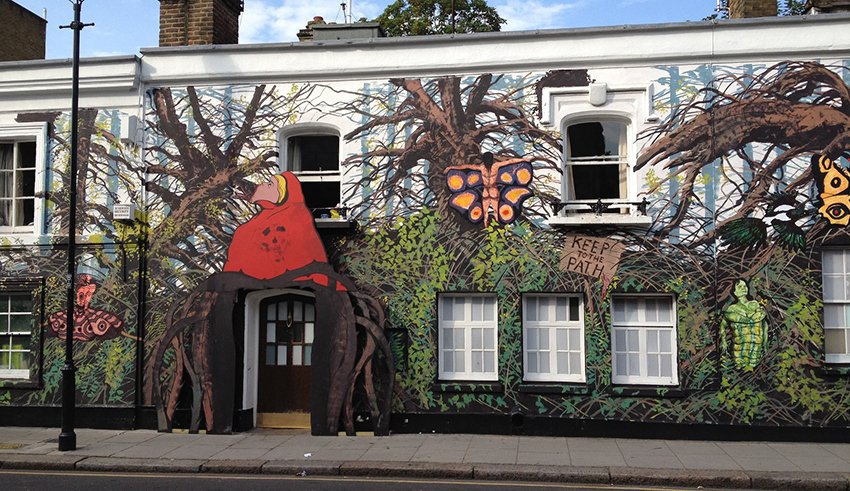
The Chelsea Arts Club has a rustic and bohemian charm. The club centres around the Billiard Room, the Dining Room, and the secluded garden. There are also 12 bedrooms which members may book.
The club counts painters, sculptors, architects, poets, photographers, filmmakers, writers, actors, and musicians among its members, whose work is exhibited at the club year-round. Its parties are said to be “legendary.” There is no dress code.
In addition to offering a discounted rate of £210 for under 30s, the club distinguishes between “town” and “country” memberships, with the latter benefitting from a reduced rate of £403.
The Chelsea Arts Club says it has a waiting list for new applicants, who have to be sponsored by two existing members whom they have known for at least two years.
ALBERT’S CLUB, KENSINGTON – £650, PLUS £250 JOINING FEE
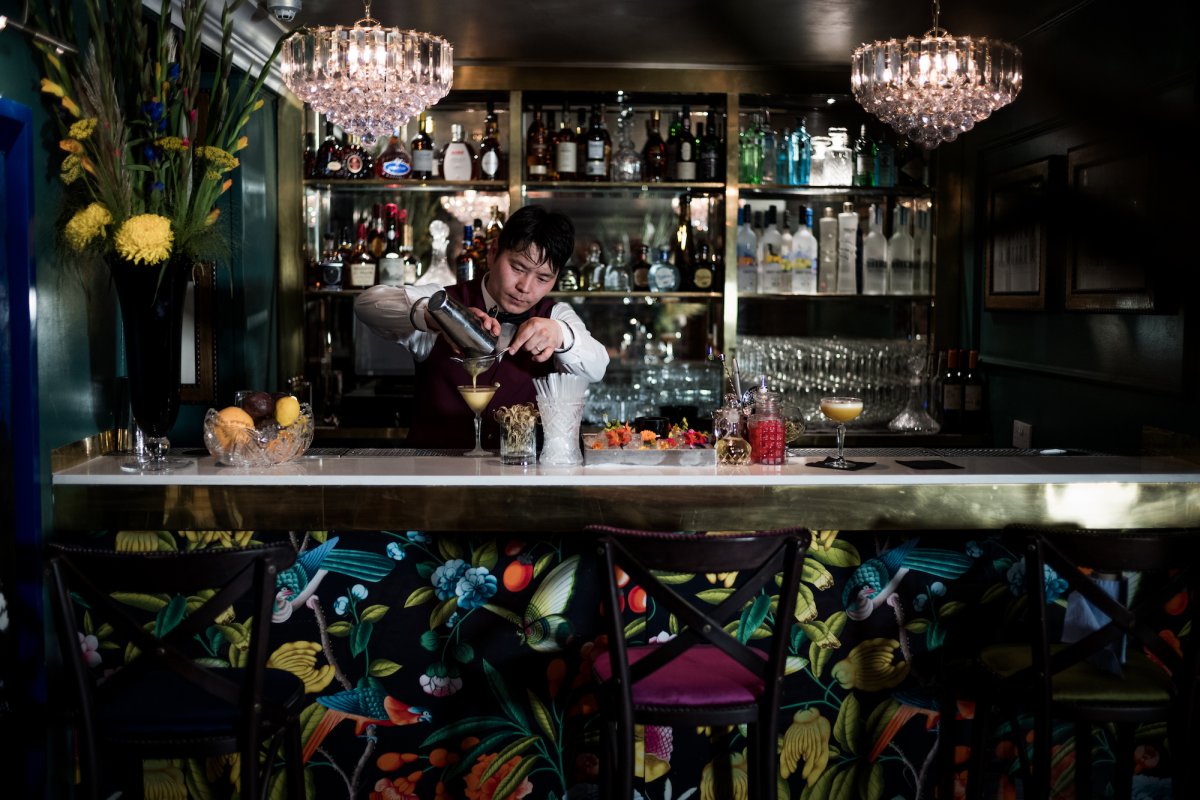
A newcomer to London’s private members’ scene, Albert’s Club opened its doors to the “Royal Borough” of Kensington and Chelsea in 2016. Albert’s says it provides local residents with an alternative to its Mayfair rivals.
Inside, the décor is “quintessentially classic peppered with eccentric British twists,” the walls are lined with Colefax & Fowler wallpaper, and there are two mahogany wood-panelled bars, a lively nightclub, and a restaurant run by ex-Cecconis chef Alessio Piras.
Lifetime membership can be obtained for a one-off payment of £2,500, or annual membership is £650 with a £250 joining fee. All members are required to be proposed by a current member, or to come in for a quick tour with their membership director.
CENTURY CLUB, SOHO – £750, PLUS £250 JOINING FEE
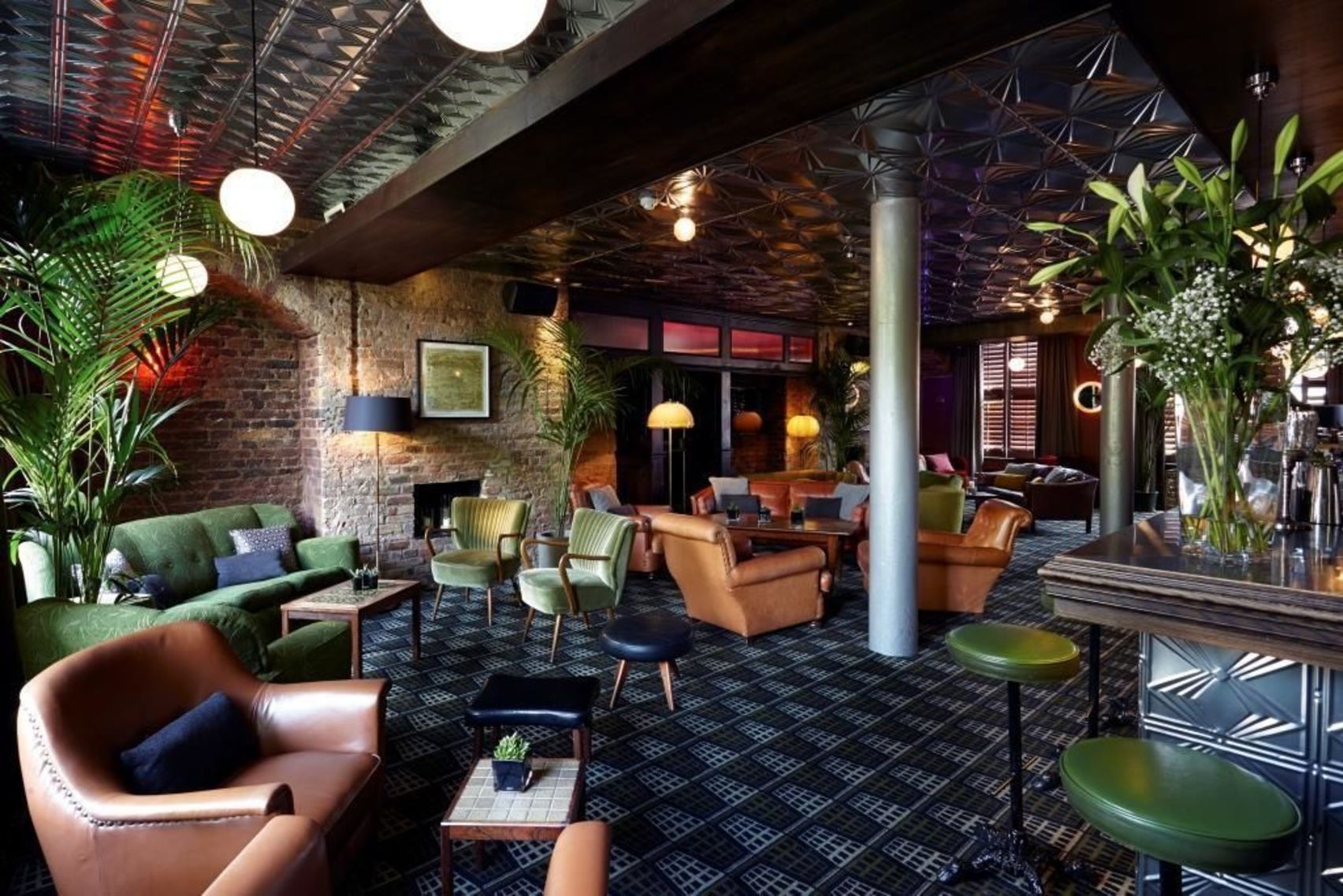
Launched in 2001, The Century Club sits behind a discreet front door on Shaftesbury Avenue. It boasts four floors of members’ club fun, including Soho’s largest roof terrace.
Given its proximity to the theatres of London’s West End, it is frequented by people in the arts, media, and entertainment industries.
The club also offers an out-of-town reduced annual membership at £550, and an overseas membership of £400, plus a joining fee of £250. Under 30s membership costs £400, and the joining fee is waived.
To apply for membership, prospective members need to complete an application and attend an informal meeting with the head of membership.
THE HOSPITAL CLUB, COVENT GARDEN – £850, PLUS £250 JOINING FEE
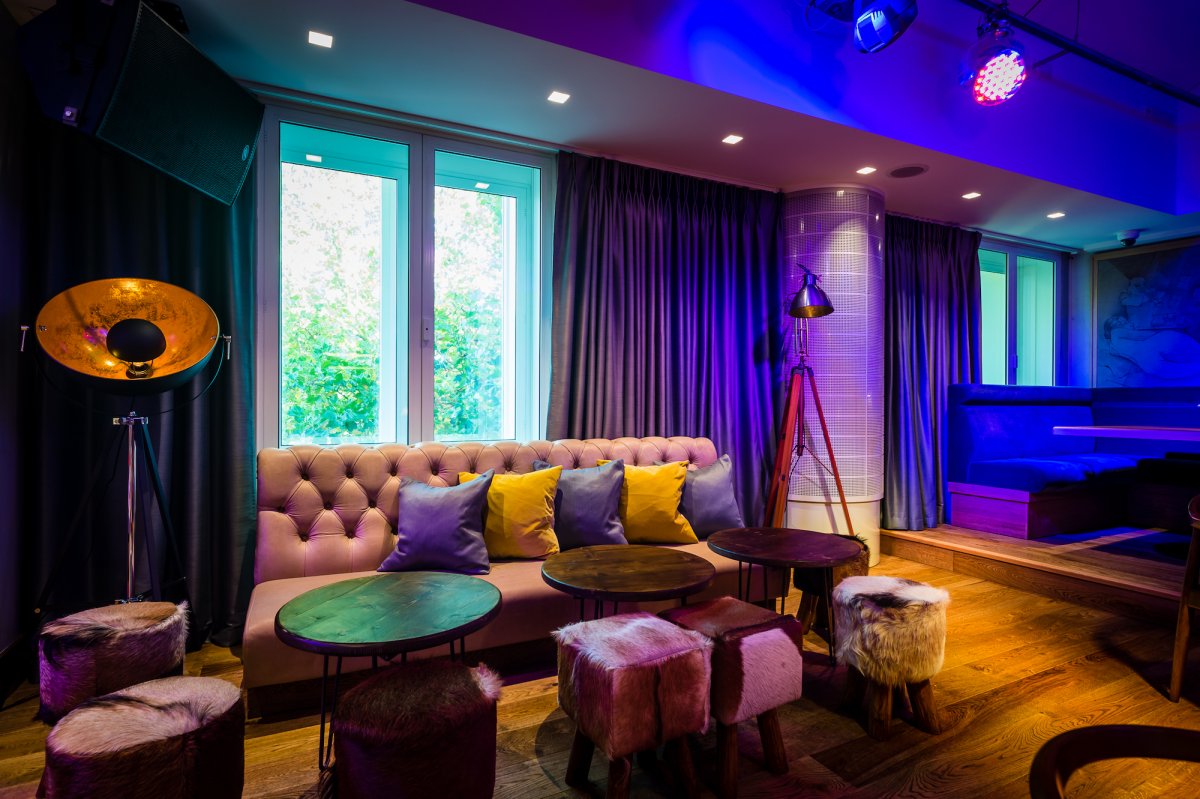
The Hospital Club is a unique private members’ club targeted at the world of creatives located in the heart of Covent Garden.
The seven-story building has an award-winning TV and music studio, a gallery, restaurant and bars, a screening room, 15 hotel rooms (open to non-members) and a live performance space, The Oak Room.
The club has a reputation for showcasing emerging and established creative talent via its gallery and member spaces.
Under 30s and under 27s benefit from discounted annual subscriptions of £515 and £450 respectively, and the joining fee is waived.
SOHO HOUSE, SOHO – £1,100, NO JOINING FEE
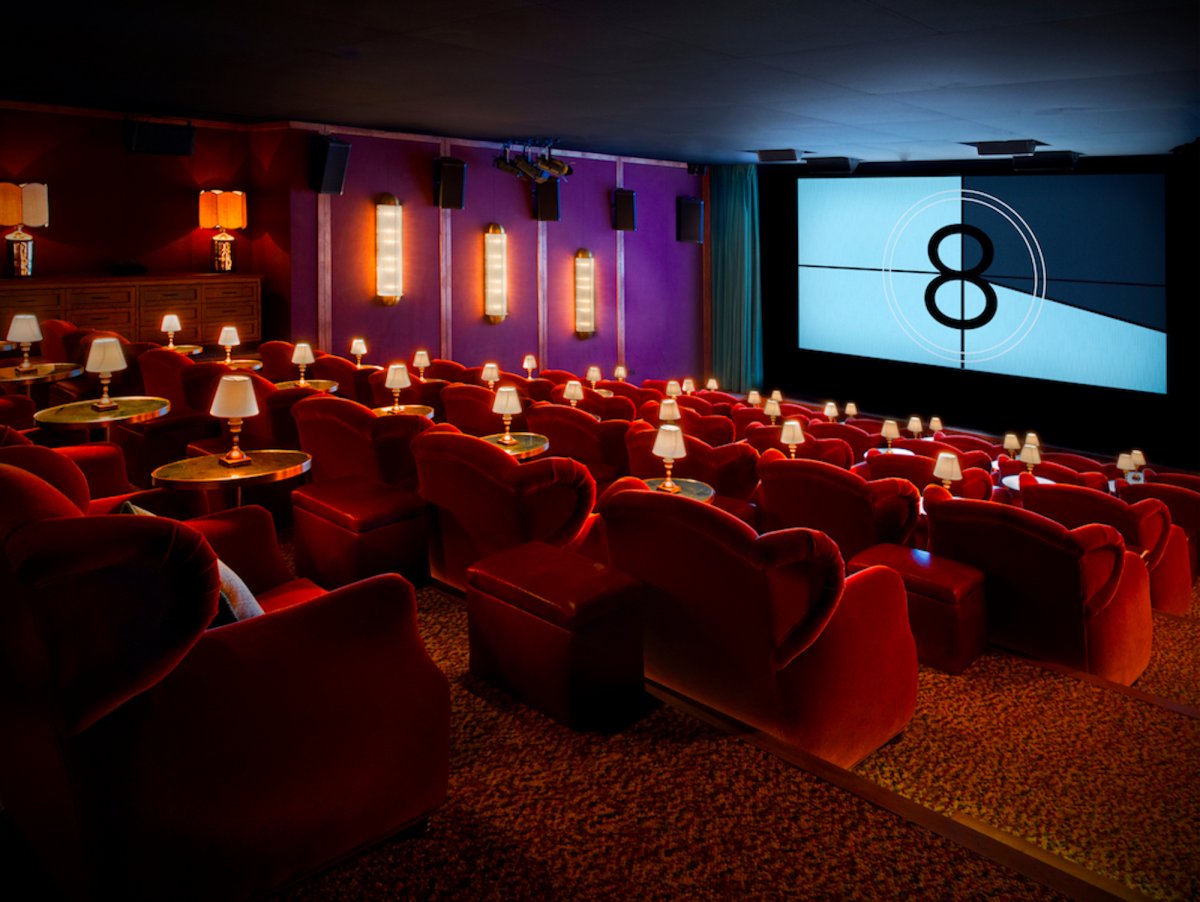
Soho House at 76 Dean Street is a Grade II-listed mid-Georgian townhouse spread over four floors. It’s popular with the neighbourhood’s media crowd.
The club’s courtyard provides one of the few al fresco dining spots in Soho. The club also boasts the Screening Room, a fully air-conditioned 43-seat cinema offering a varied programme of advance screenings and new releases.
The membership application process is the same for both Soho House and Shoreditch House – you apply online with a couple of paragraphs about yourself and two current members as proposers.
Yearly membership costs £1,100 for a local house member (access only to the house you apply to), or £1,650 for an every house member (access to 18 Soho Houses around the world).
SHOREDITCH HOUSE, SHOREDITCH – £1,100, NO JOINING FEE
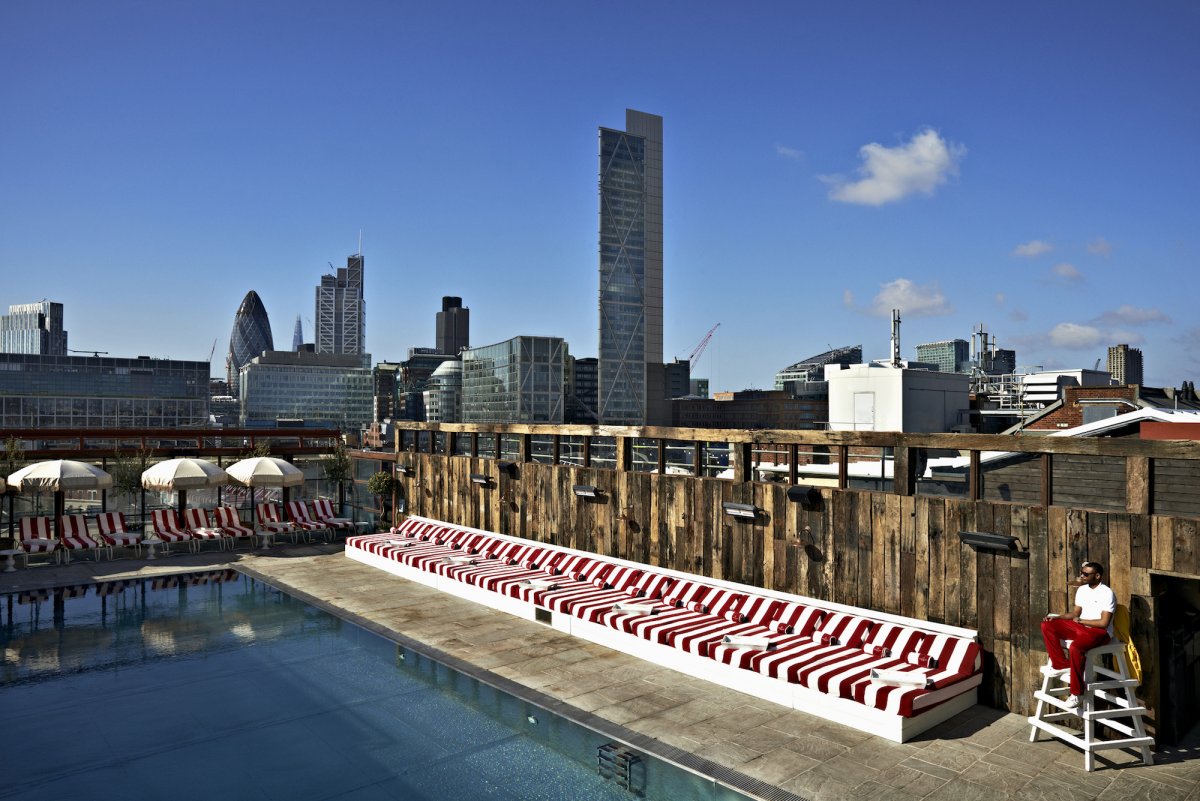
Shoreditch House is situated on the top three floors of the old Dickensian Tea Building in East London. It draws London’s “it” crowd.
The club is one of the few London private members’ clubs to offer a rooftop pool, which gives members stunning views of the city. It offers a number of other areas for members and freelancers to chill out, including the Sitting Room, the Square Bar, the Snug, Cowshed Spa, and the House Kitchen, which boasts a wood-fire oven.
The fourth floor features a glass walled gym looking out onto a backdrop of yet more awesome views, complete with spinning room, free weights, sauna, steam room, and comfortable changing rooms.
As with Soho, yearly membership costs £1,100 for a local house member, or £1,650 for an every house member. Hopefuls can apply online here.
67 PALL MALL, ST. JAMES’S – £1,250, PLUS £1,250 JOINING FEE

67 Pall Mall is London’s first private members’ club for wine lovers. Born from “a passion for fine wine and a frustration at the egregious mark-ups on the capital’s wine lists,” the club’s mission is to make the world’s finest wines accessible to its members at sensible prices.
It offers over 500 wines by the glass using Coravin’s revolutionary wine access system, as well as an extensive list by the bottle from all corners of the world. The club’s wine list is expertly curated by 67 Pall Mall’s Master Sommelier, Ronan Sayburn MS.
The club also offers a Members’ Reserve facility, which allows members to store up to two cases of their personal wine collection in the club’s cellars to enjoy by the bottle in the members lounge as and when they please.
Candidates require a proposer and seconder from within the club’s existing membership.
MORTON’S CLUB, MAYFAIR – £1,500, PLUS £1,100 JOINING FEE

Morton’s private members’ club has been at the forefront of Mayfair’s elite social scene for the past 40 years. The Grade II-listed building overlooks the length of London’s exclusive Berkeley Square.
The first-floor restaurant, with its lofty ceilings and panoramic balcony for summer al fresco dining, is the focal point of the house. Morton’s head chef, Dario Avenca, has devised a Mediterranean-inspired menu and the club claims to boast the largest wine list above any of its competitors.
Potential new members must be referred by two existing members. Applications are to be made to membership secretary Stephen Howard.
HOME HOUSE, MARYLEBONE – £1,940, PLUS £295 JOINING FEE
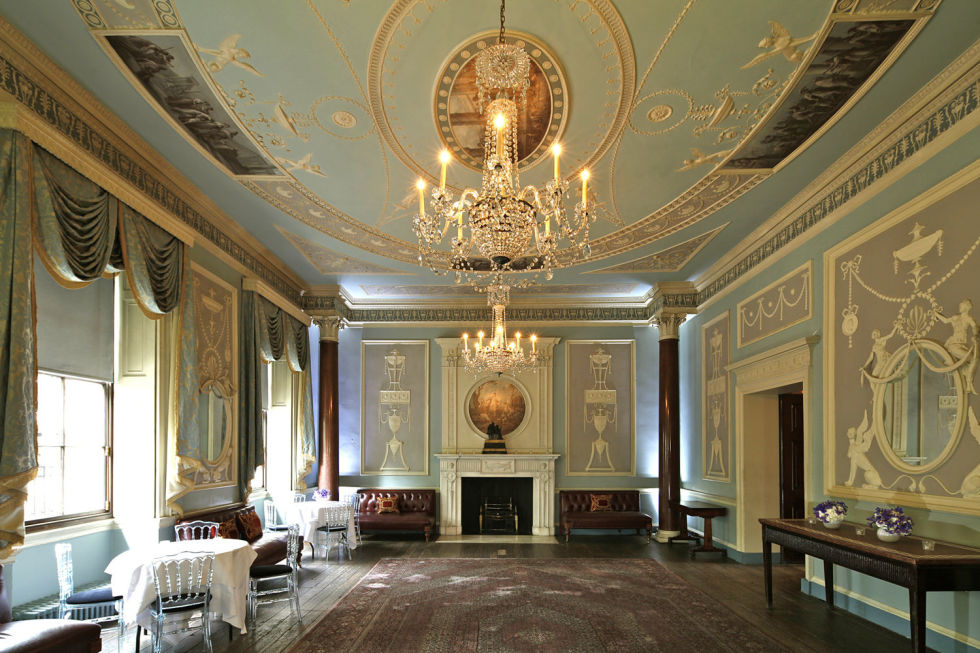
Home House is an exclusive private members’ club in London’s Marylebone, which “fuses 18th century splendour with 21st century style.”
The club’s facilities include a boutique health spa, a garden for al fresco dining and drinking, two restaurants, numerous bars, The Vaults decadent party rooms, elegant bedrooms and suites, as well as a full calendar of social events including legendary members’ parties throughout the year.
According to the club, “the best bit is that there are no stuffy rules, in fact there really aren’t any rules at all. Well, just one: ‘Nudity is discouraged.’ Naughtiness, on the other hand, is de rigueur.”
The club offers a number of different membership packages, including an under 35 annual rate of £1,275.
THE ARTS CLUB, MAYFAIR – £2,000, PLUS £2,000 JOINING FEE

As its name would suggest, The Arts Club attracts people connected to or passionate about art, architecture, fashion, film, literature, music, performance, photography, science, theatre, and TV/media.
The 18th Century townhouse at 40 Dover Street in Mayfair counts Charles Dickens among its former members. It prides itself on being a hub for creatives and entrepreneurs to meet and exchange ideas.
The club’s art collection, curated by Amelie von Wedel, remains at its very core, highlighting international trends, as well as maintaining a focus on British-based artists.
Under 30s benefit from a reduced annual subscription of £1,000, plus a joining fee of £1,000. New members are accepted on January 1 each year.
DEVONSHIRE CLUB, THE CITY – £2,400, PLUS £2,400 JOINING FEE
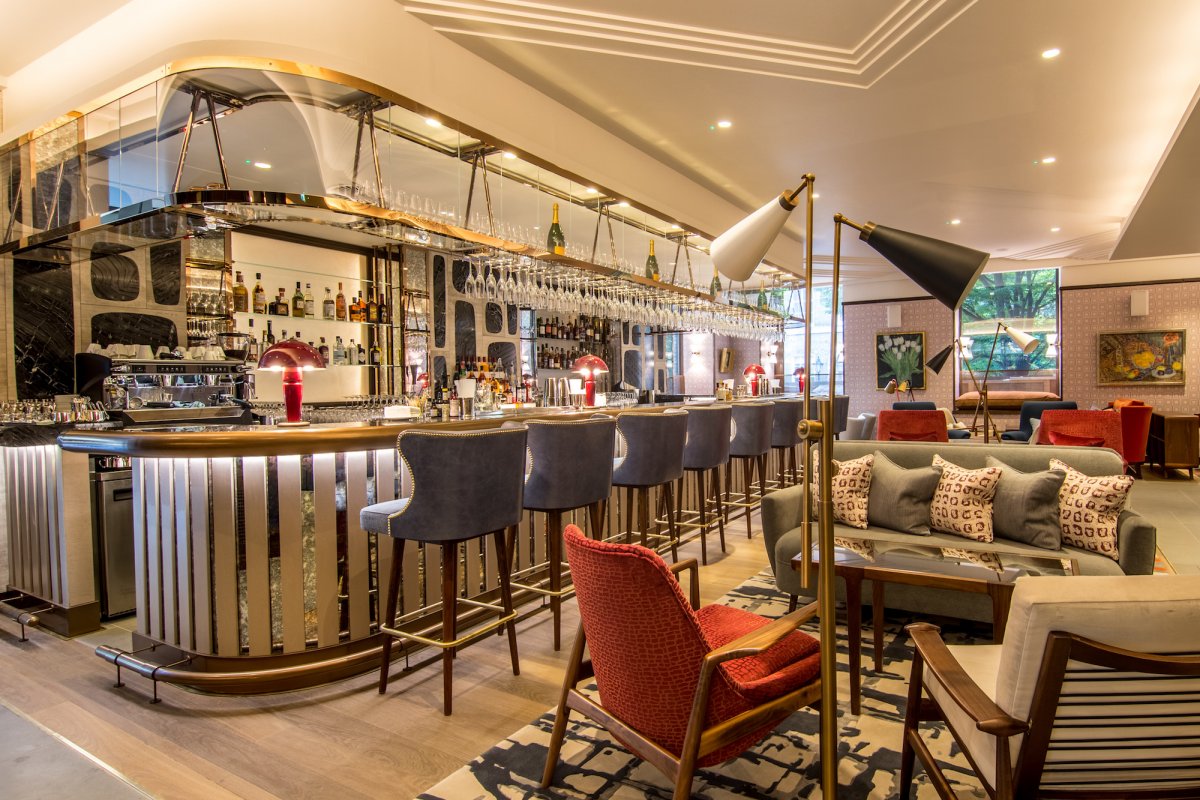
Another relative newcomer, the “unashamedly luxurious and glamorous” Devonshire Club, located in the heart of The City, opened its doors in 2016.
Housed on over 60,000 sq ft in a Regency warehouse, it boast 68 bedrooms, a 110-seat brasserie, three bars, four private event rooms, a members’ gym, glazed garden room, outdoor terrace, and a private courtyard garden.
The club offers members an opulent space to both relax and conduct business and attracts the likes of financiers and city professionals, as well as creative execs based in Shoreditch and Hoxton.
Many of its members come through referrals, and every potential applicant is put forward to the membership committee. The club also offers “Debenture Memberships” for £24,000.
THE NED, BANK – £3,000, PLUS £500 JOINING FEE
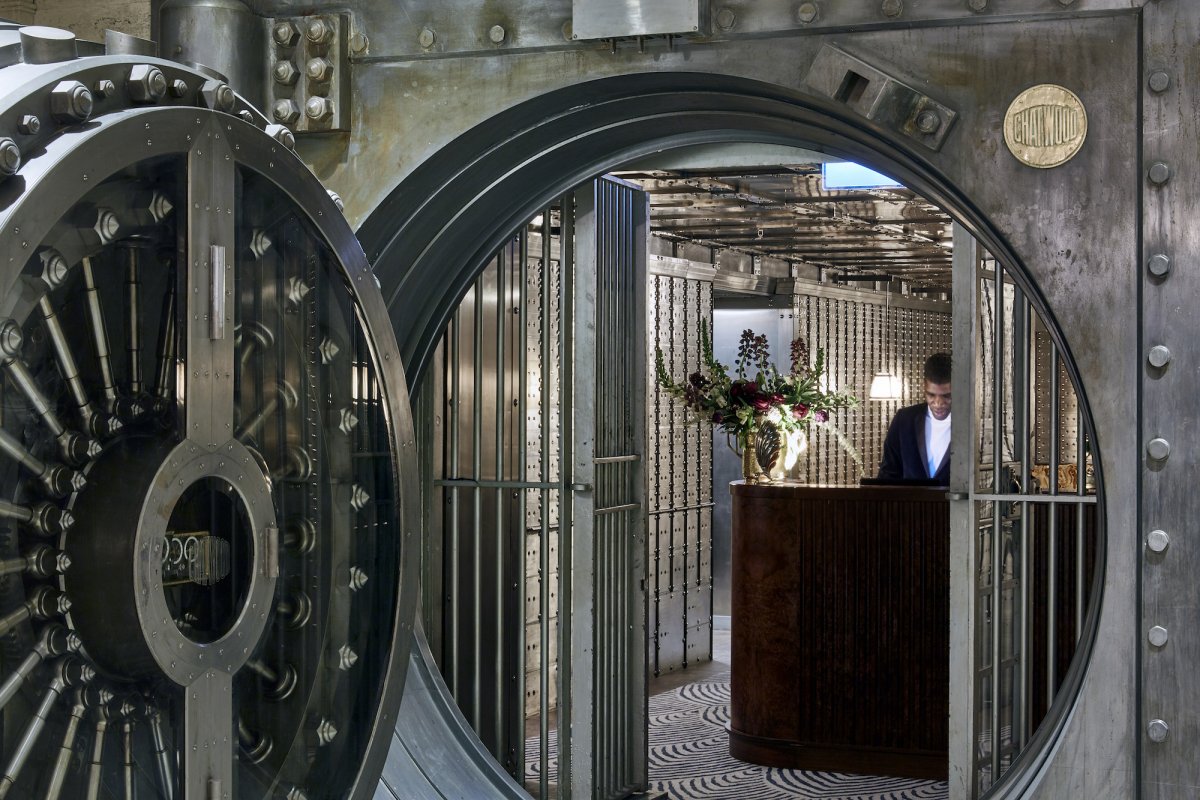
London-based Soho House and New York’s Sydell Group joined forces to create The Ned: the newest private members’ club to arrive on the London scene.
Set in the former Midland Bank building, it boasts 252 bedrooms channeling 1920s and 1930s design, nine restaurants, a range of grooming services, as well as “Ned’s Club,” a social and fitness club where members have access to a rooftop pool, gym, spa, hammam, and late night lounge bar.
Ned’s Club Upstairs has a heated pool overlooking the London skyline and two converted domes with outdoor terraces for eating and drinking. The Roof Bar features a retractable roof and heaters, and offers views of the City and St Paul’s Cathedral, with an international menu prepared on the rotisserie grill and wood oven.
Behind a 20-tonne, two-metre wide vault door is The Vault bar & lounge, an all-hours cocktail bar lined with thousands of original safety deposit boxes, ideal for a nightcap.
SOUTH KENSINGTON CLUB, SOUTH KENSINGTON – £3,500, PLUS £1,000 JOINING FEE
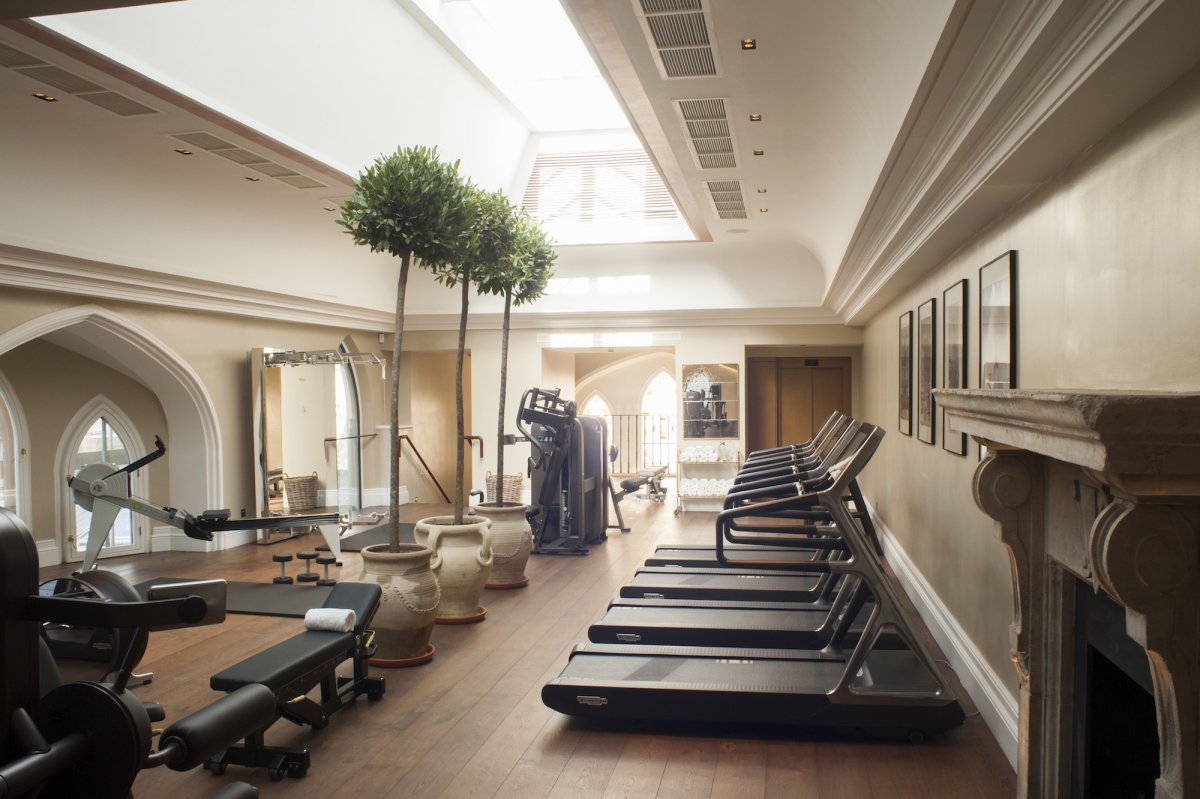
South Kensington Club is a health and fitness sanctuary inspired by the spirit of adventure.
Its offers a unique “Voyager Programme” headed up by polar explorer Christina Franco. The programme comprises three elements: a monthly lecture series, the opportunity to join tailor-made expeditions inspired by the lectures, and preparation and training for these adventures carried out by specialist fitness instructors at the club.
Other membership priveleges include a sky-lit gym, fitness classes and training programmes, a bathhouse (with a hammam, banya, and watsu pool), spa and beauty treatments, a Mediterranean restaurant, club sitting rooms, and a concierge service.
Membership starts at £365 per month, plus a £1,000 joining fee and an under 30s rate begins at £228 per month, with a £500 joining fee. However, the club offers a rate of £3,500 plus a £1,000 joining fee to members paying upfront.
5 HERTFORD STREET, MAYFAIR – PRICE ON REQUEST
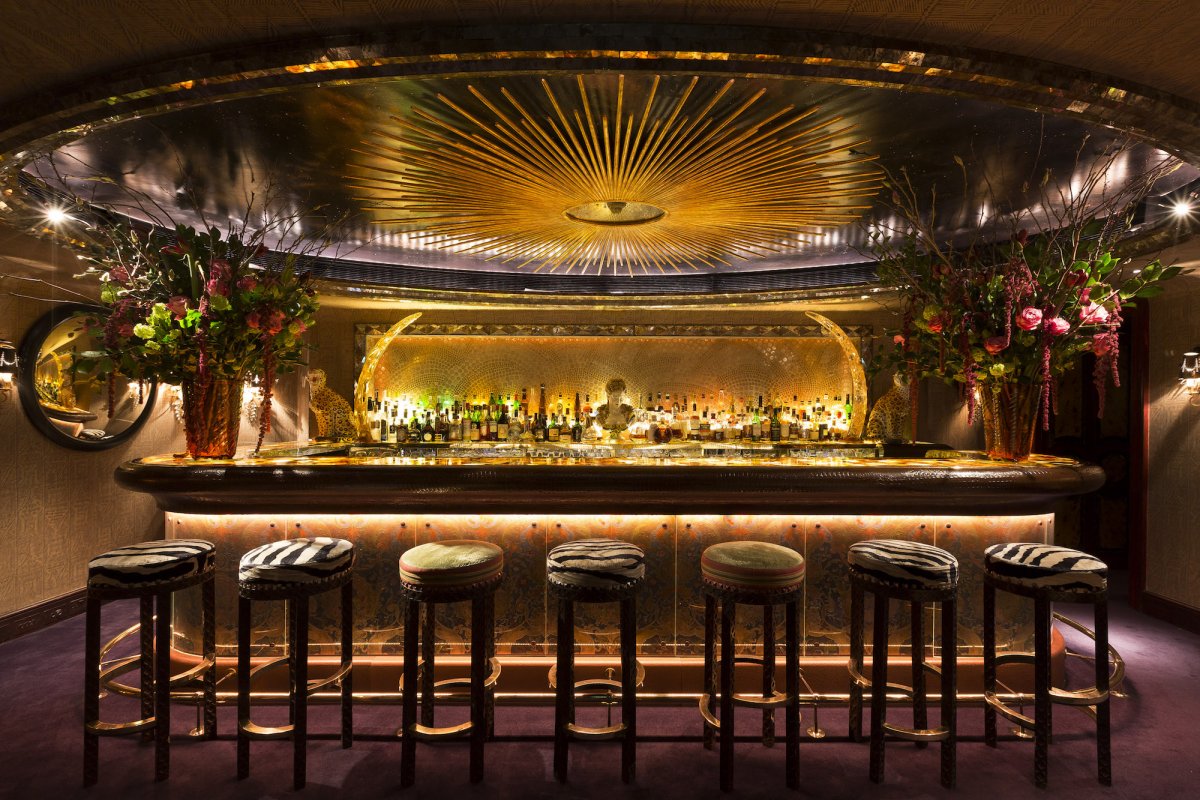
5 Hertford Street is so exclusive and private that it wouldn’t reveal its membership price. We did, however, manage to get the above glimpse of its insides.
Described by Vogue as the ” loveliest club in London,” it is frequented by Hollywood A-listers and home to the impossibly cool Loulou’s nightclub for after dinner dancing.
Membership can be obtained only through application, but the word is some billionaires have been unable to score entry, so it’s best not to get your hopes up.
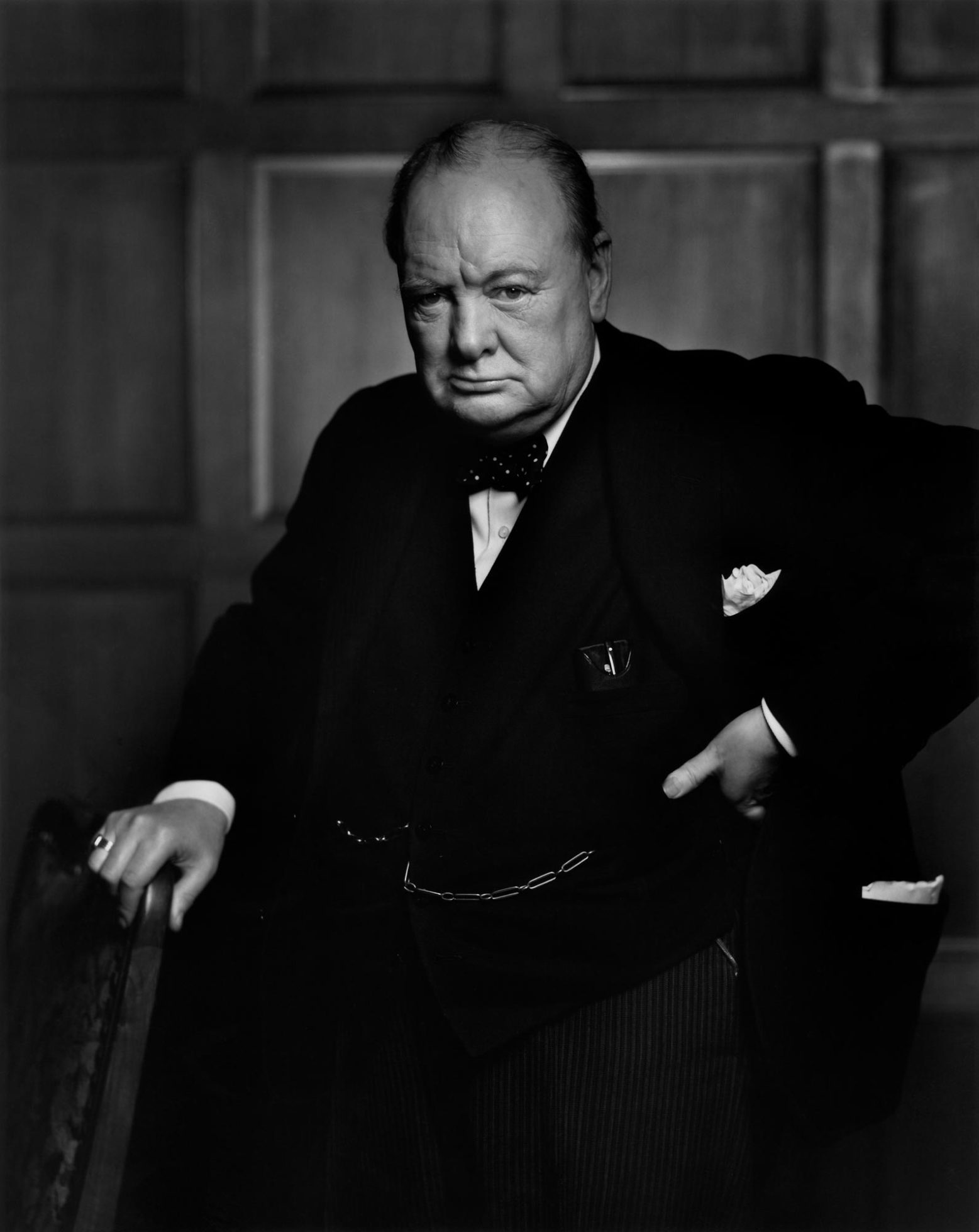



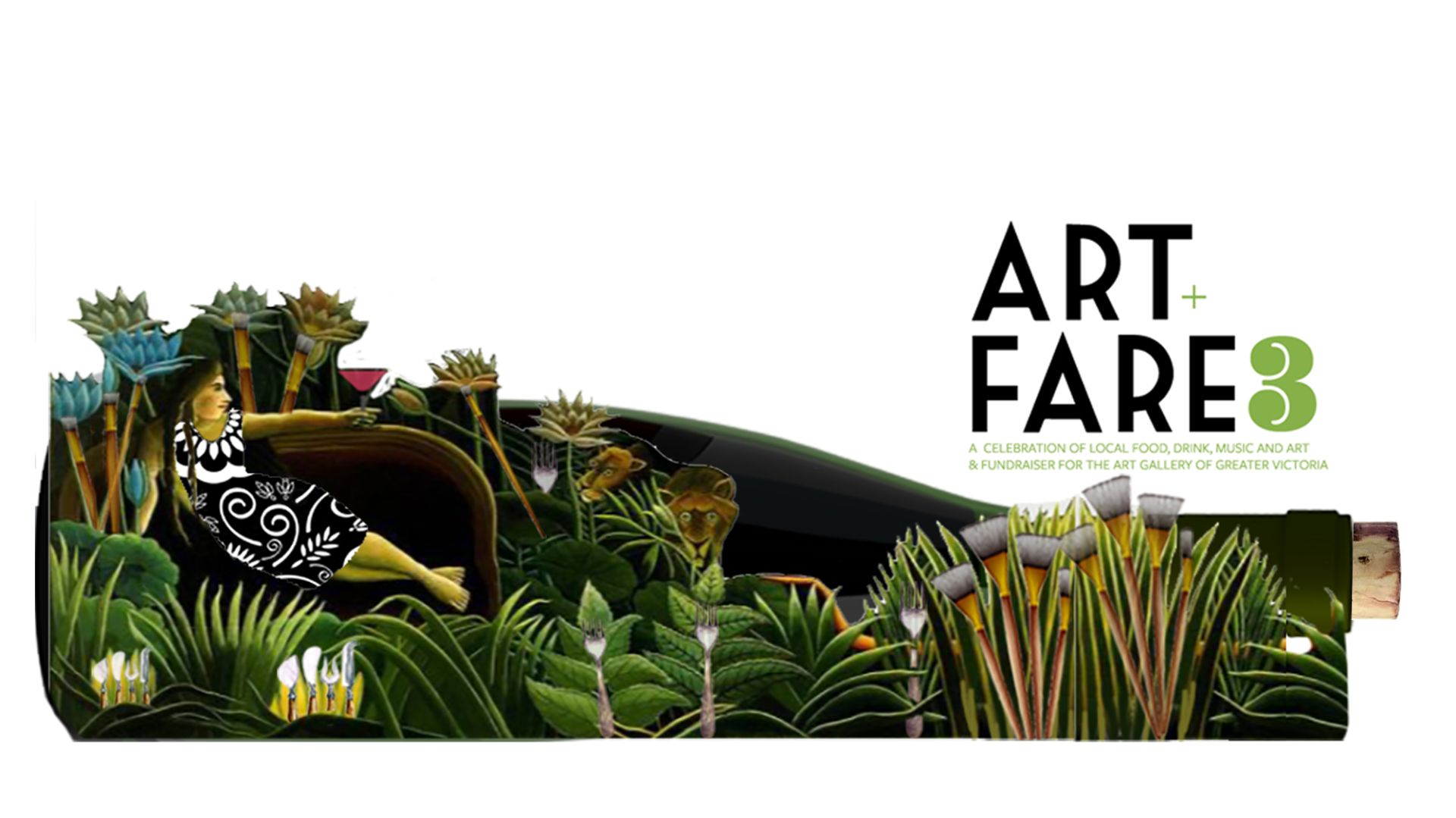
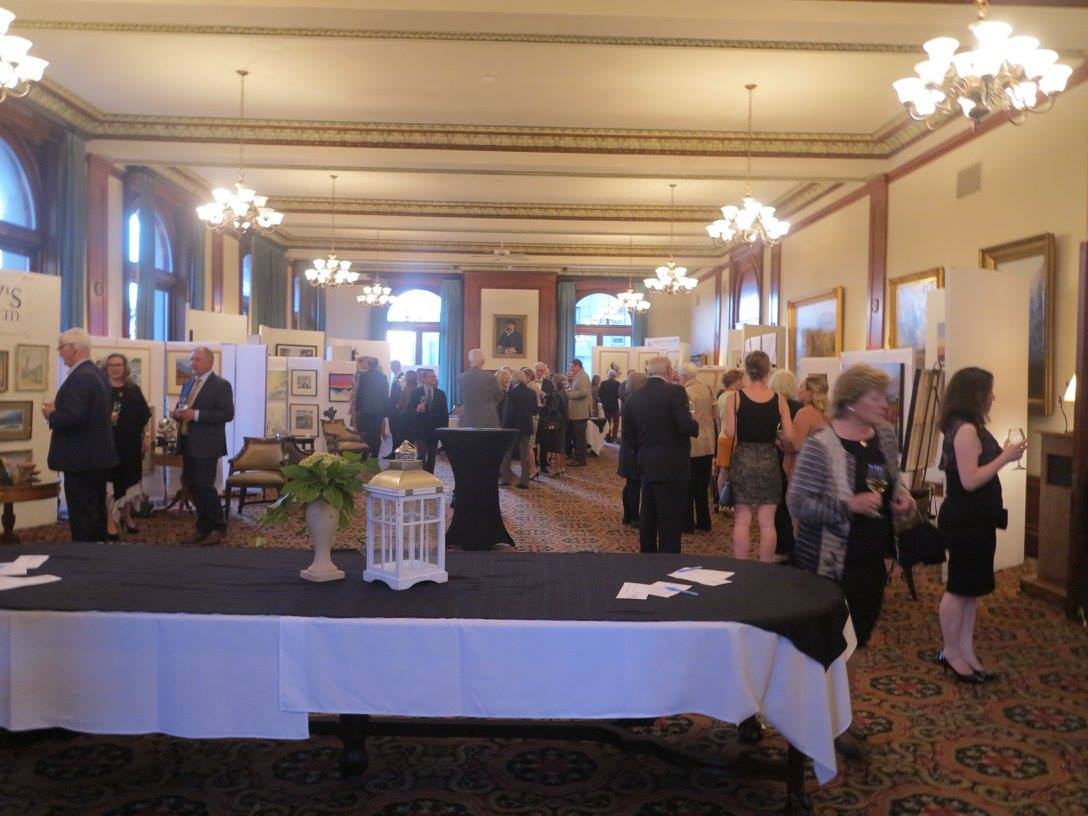
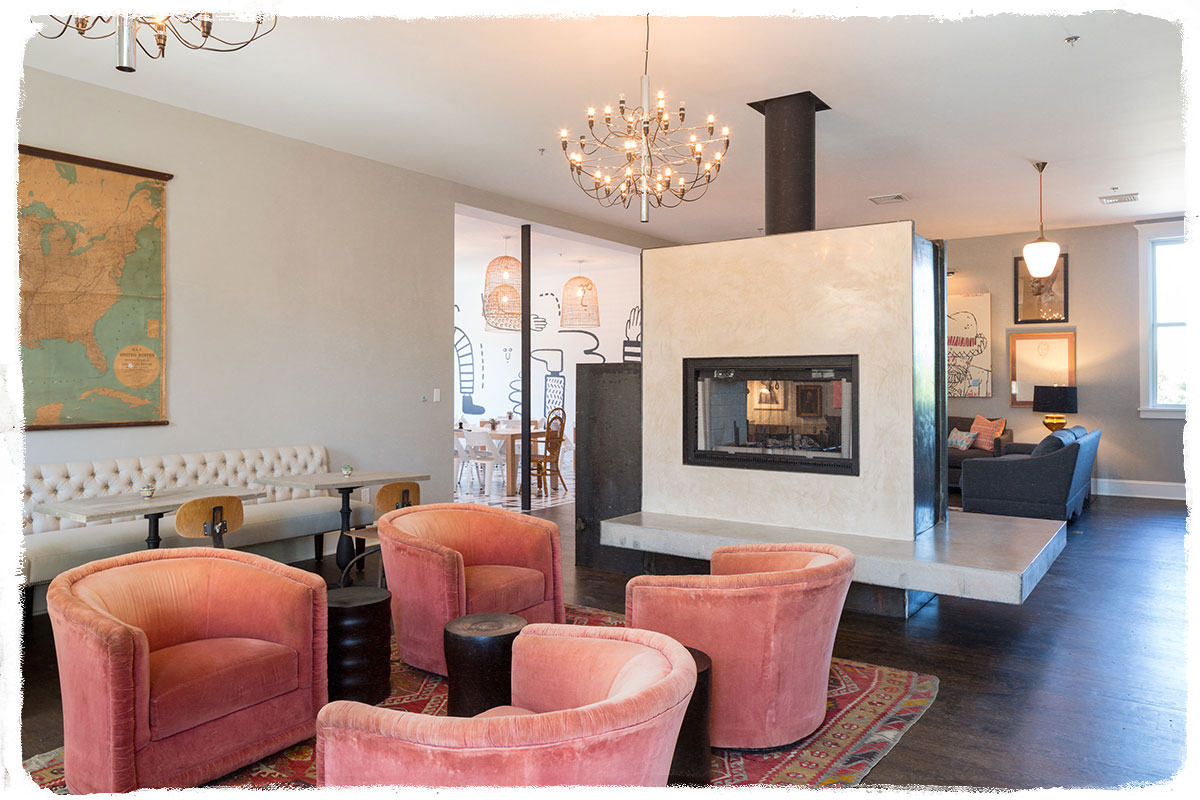
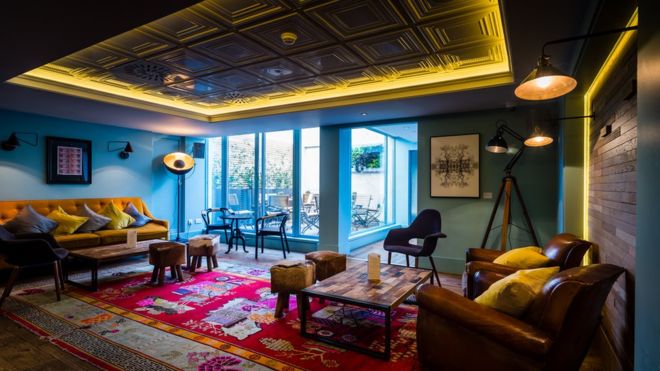
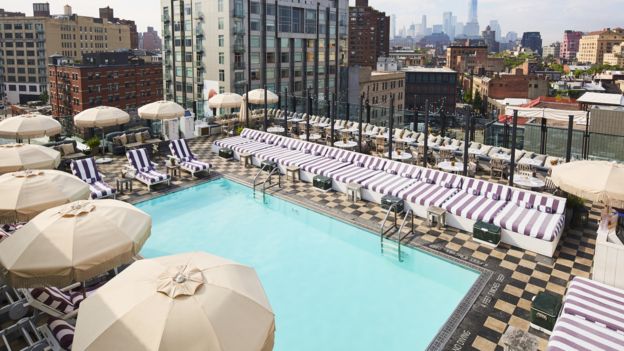
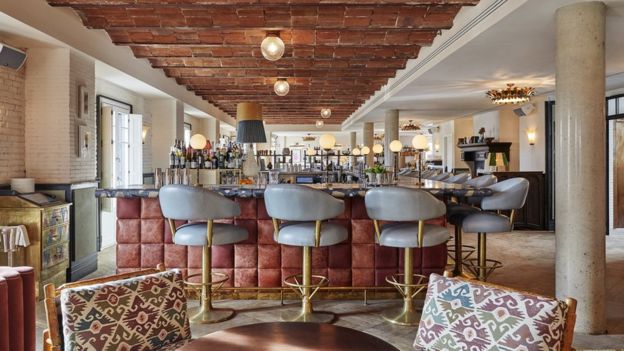
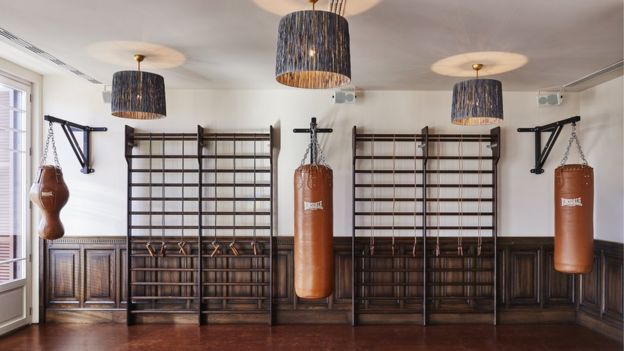
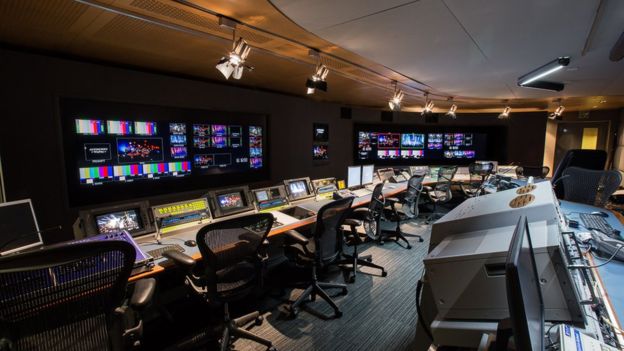 Above: The Hospital Club has a TV and music studio on site
Above: The Hospital Club has a TV and music studio on site